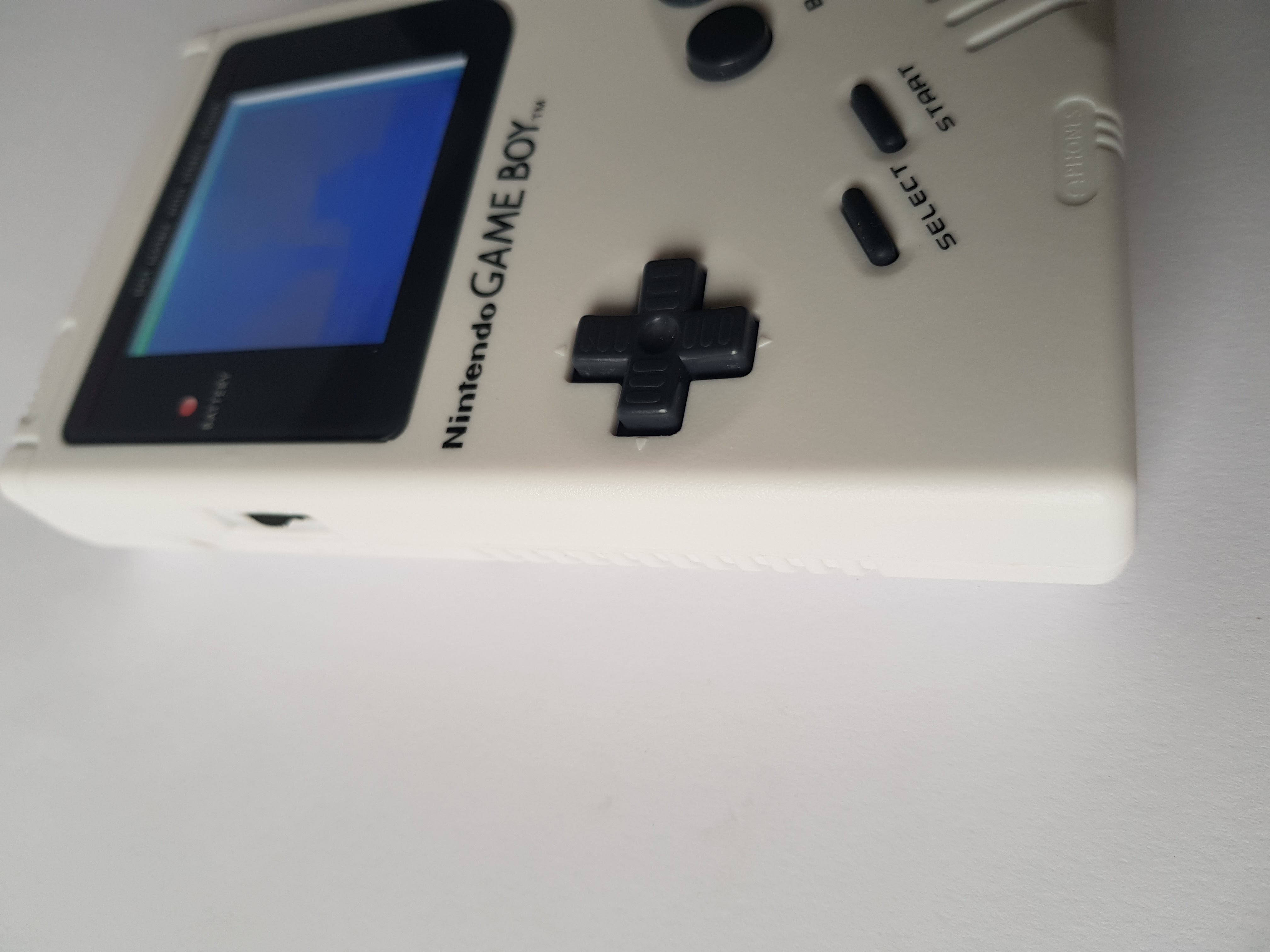고정 헤더 영역
상세 컨텐츠
본문


Gameboy Dmg-01 Mods

Gameboy Dmg Mods Download
The guts are well documented. The popularity of the DMG means that it has been turned inside out with very few mysteries remaining. There are plenty of entry-level kits and mods that just about anyone can undertake. The relatively low-cost of the DMG even today (one can typically be had for $30-$40) makes modding a fairly low-risk activity. Nintendo Game Boy mods and other customization products for vintage hand-held electronics. Find modifications for the Game Boy DMG, Game Boy Color, Game Boy Pocket, Game Boy Advance and SEGA Game Gear. Top modifications include Game Boy Backlight, Game Boy Color Backlight, Game Boy Advance Backlight, AGS-101 and IPS LCDs. Game Boy Bivert/hex mods. To begin, remove all 6 tri-wing screws from the back of your original Game Boy DMG-01. Keep these in a safe place as you will need them later when reassembling. Remove the ribbon cable connecting the front PCB (logic board) to the back PCB in a gentle downwards motion. At this point you should have the front and the back unit’s separated.
Gameboy Dmg Mods 1
Original GameBoy DMG-01 Backlight. I actually prefer this to the GBC Frontlight below. It’s actually two mods – fitting an hex inverter, and fitting a backlight kit (from nonfinite electronics), I used the v3 version and it’s very easy to fit, I did need to clean the rear of the screen after removing the reflective film, that was the most difficult bit. Backlighting Your Gameboy DMG – The Right Way Backlight your DMG like a pro! While taking the extra steps to do it right will take more time, and you may encounter a learning curve at first, ultimately, desoldering the screen is the best way, in my opinion, for a few reasons.
Gameboy Dmg Mods 2
The first step is to remove the back cover of the DMG. There are six screws, and depending on when your Gameboy was made, they are either going to be triwing or phillips. Triwing screws, for those of you unfamiliar, are Nintendo’s favorite way to make opening their products just ever so slightly more irritating. If you don’t want to spend a couple dollars on a triwing driver, you can do what I did and use a small flathead in one of the three slots in the screws. It’s not super difficult, but you definitely want to be careful to avoid stripping the screws. There’s four obvious ones on the back of the Gameboy, and two inside the battery compartment. You’ll need to remove all of these.
Once you take those screws out, don’t pull the Gameboy apart quickly. There’s a fairly short ribbon connector connecting the screen half of the Gameboy to the circuitry half. Carefully hinge unit so the screen half is face down on your desk with the circuitry portion sticking vertically upward. You could disconnect the ribbon cable at this point (it’s a ZIF socket, so the connector just slides out), but I didn’t want to bother having to reconnect it when I was done. You can do this repair quite easily without having to put this connector back in.





댓글 영역